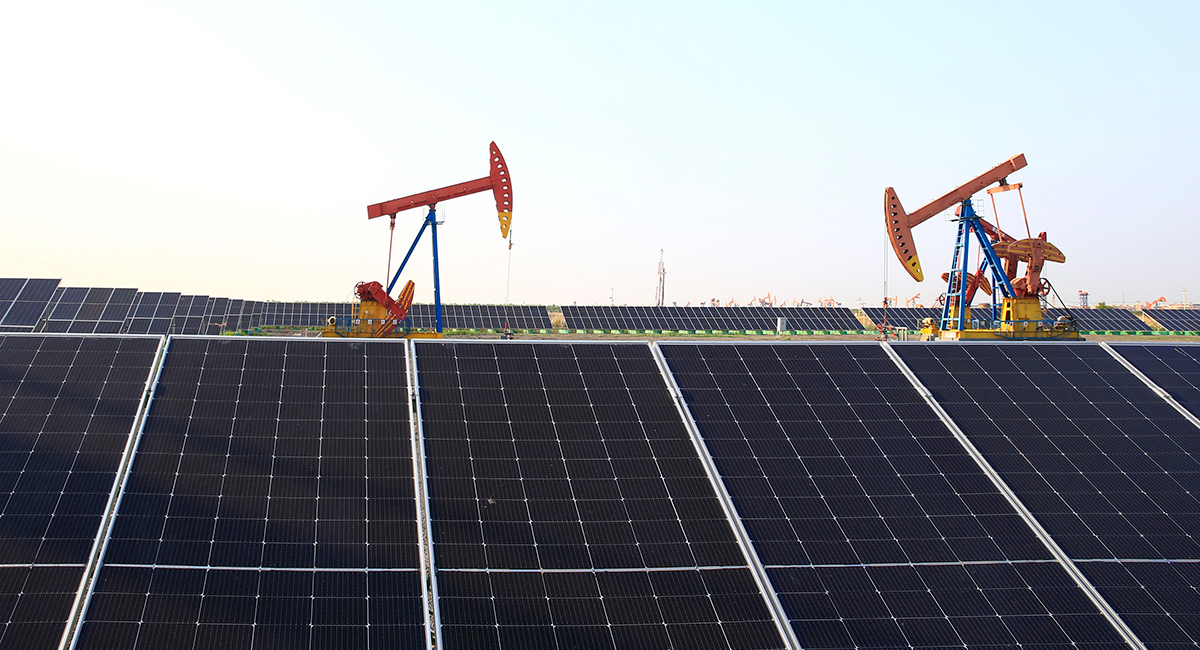Despite the lip service that governments, nongovernmental organizations and the media continue to pay to wind and solar power, most notably at the recent U.N. Climate Change Conference in Dubai—where some 200 countries signed a nonbinding agreement pledging their support for “transitioning away from fossil fuels”—some global leaders realize that wind and solar energy won’t do the trick and that fossil fuels will be here for a long, long time.
Sweden, for example, recently announced a major bet on nuclear energy and the United States and others have pledged to triple nuclear capacity by 2050.
Meanwhile, in the third quarter of 2023 alone, China permitted more coal-fired power plants than in all of 2021. Scores of solar and wind energy projects and investments have been canceled or put on hold as costs begin to catch up with reality, and production seems nowhere near where it should be to meet humanity’s needs.
Accepting reality has nothing to do with denying climate change or even that human activity plays a role alongside the natural climate cycle. It’s simply a question of understanding that political decrees and propaganda eventually collide with truth.
The truth is that (1) producing a unit of wind or solar energy requires a significant amount of energy, which defeats the purpose and makes for highly inefficient results, and (2) the declining cost of wind and solar power over the last decade was a function of artificially low interest rates and an abundance of cheap fossil fuels, thanks to the “fracking” revolution.
Regarding truth No. 1, to produce a unit of power output, wind requires three times as much and solar six times as much traditional energy as a combined-cycle natural gas plant. That’s because solar panels and wind turbines require lots of raw materials that depend on fossil fuels.
Regarding truth No. 2, green energy’s low-cost boom appears to be over. Clean energy is getting more expensive. Until recently, wind and solar advocates were touting the dramatic decline since 2010 in the cost of renewables, as measured in dollars per megawatt-hour. But that was a function of cheap capital and cheap energy.
The shale revolution that began 15 years ago turned the world’s biggest energy consumer, the United States, into its biggest energy producer, dramatically lowering energy prices. For example, North Dakota’s Bakken field increased its production sevenfold in the years leading up to 2020.
Other fields, including the Permian basin in west Texas and the Marcellus field in the Appalachian basin (Tennessee, Kentucky, Ohio, West Virginia, Virginia, Pennsylvania and New York), experienced similar growth.
Unsurprisingly, the price of oil [West Texas Intermediate] declined from $196 per barrel in June 2008 to $73 per barrel in early 2020, pre-pandemic, while the price of natural gas [Henry Hub] fell from $18 per million British thermal units (MMBtu) to $2 per MMBtu.
Given that the wind and solar industries need energy-intensive materials such as steel, concrete and copper, the low price of oil and natural gas kept their production costs down. But that has changed, helping to drive up the cost of solar energy by 60% since 2021 and the cost of wind power by 30%.
Capital was also cheap. The Federal Reserve slashed the federal funds effective rate from 5.26% in mid-2007 to essentially 0% by the end of 2008 and basically kept it there until 2016, when it began to rise slightly, reaching 2.4% in 2019, well below its mid-2007 level, when it began to fall again. The fight against inflation brought things back to reality. The current rate is about 5.33%.
The double whammy of higher energy and borrowing costs that have hit renewables is unlikely to go away in the near future—though one should never underestimate the ability (and willingness) of politicians to do the same stupid thing again and again. Nevertheless, it seems improbable we’ll see trillions of dollars of zero-interest debt again anytime soon.
Given the decline of the shale fields’ output (with the exception of the Permian basin, but that too seems close to its peak) and the scant investment in traditional energy because of the environmental, social and governance-driven political environment, the dynamics of supply and demand do not point to a sustained return of the low energy prices that renewables ironically depend on.
That’s why we will see more green projects canceled, more countries betting on nuclear energy (forgetting their knee-jerk reactions to the Fukushima, Japan, reactor accident in 2011), and oil, natural gas and coal continuing to enjoy a long life.
According to the International Energy Agency, trillions of dollars have been invested in wind and solar power. This year alone, the figure is about $600 billion. Yet wind and solar represent only about 12% of total electricity generation.
Imagine what would have happened had they not benefited from ultra-cheap capital and energy, not to mention the generous taxpayer subsidies many governments provided. A sober rethinking is long overdue.













